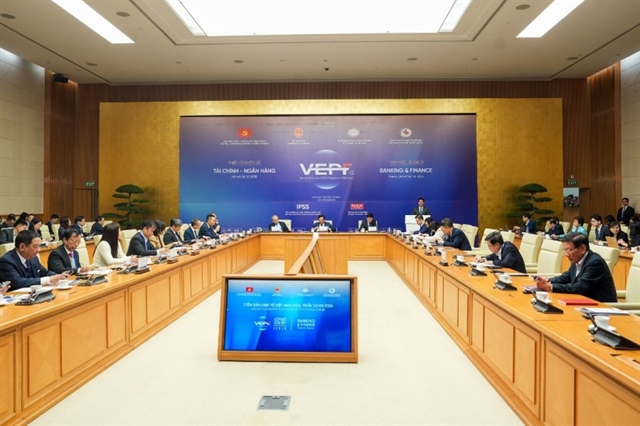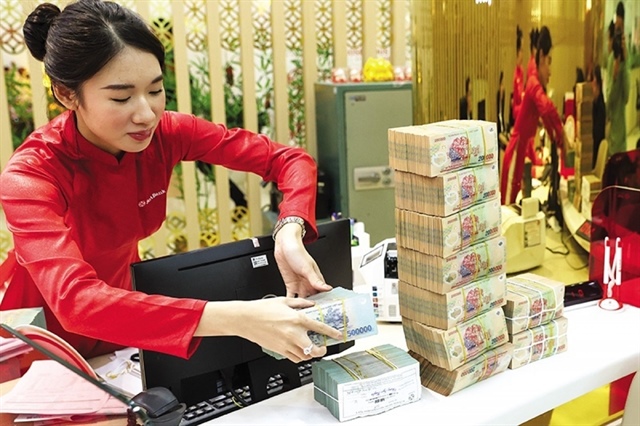Big banks’ shareholders – who are they?
Big banks’ shareholders – who are they?
State owned economic groups and general corporations, finance companies to small enterprises have all poured capital into commercial banks. This has made it difficult to track down who owns what banks.

Big guys all invest in banks
The Vietnam Textile and Garment Group (Vinatex) injected money in the Nam Viet Bank. The Vietnam Coal and Mineral Industries (Vinacoal) and Vietnam Rubber Group own SHB Bank. The Electricity of Vietnam (EVN) is a big shareholder of An Binh Bank. Bao Viet has set up Bao Viet Bank. Viettel possesses the Military Bank, PetroVietnam has Ocean Bank.
Besides, the subsidiaries where state owned economic groups hold 100 percent of capital or controlling stakes have also injected their money in the banking sector. VMS MobiFone, a subsidiary of the Vietnam Post and Telecommunication Group (VNPT) and PV Gas, a subsidiary of PetroVietnam, are now the strategic shareholders of SeABank, while the Post Corporation, a subsidiary of VNPT has contributed capital to the Lien Viet Post Bank.
Private economic groups are also the owners of many banking groups. BRG, for example, owns SeABank, FPT and Doji are possessing Tien Phong Bank, T&T Group, together with Vinacomin and the rubber group, is the big shareholder of SHB.
Economists have warned about the complicated relations among the owners of the banks. Vietcombank, a commercial bank, is now a shareholder at the Military Bank, and OCB Bank. Meanwhile, Agribank owns the Maritime Bank, and Maritime Bank is holding over 10 percent of Military Bank’s stakes.
In other cases, one individual or institutional investor holds stakes of many different banks. SASCO, for example, has contributed capital into three banks of Lien Viet Post, Eximbank and Dong A.
The high risks
Economists have warned that the complicated relations among the big shareholders of the banks may be the “seeds of disaster,” because the Vietnamese banking system may turn into the capital mobilization channel for the companies, which are the “backdoor” companies of the banks.
Phuong Tay Bank is the biggest creditor of the Kinh Bac Urban Development Company (KBC) and Saigon Postel (SGT) – the two big shareholders of the bank. Especailly, both KBC and SGT are the subsidiaries of the Saigon Investment Group (SGI).
In many other cases, a commercial bank authorizes a company to make investment in the third company. This may happen to the fact that the commercial bank authorizes a company, which is set up by the bank itself and its relative investors, to invest in the subsidiaries of the same group and the companies of the influential characters.
The Habubank’s story is a typical example. Habubank authorized Ho May Company, an investment and service consultancy firm, to invest in Bianfishco.
In fact, investment authorization is a legal way banks can follow to seek profits. However, the method could be exploited in the context of the existing loopholes of the laws and the lack of the market transparency.
If everything had followed the strict procedures and in a transparency way, the A Chau Finance Investment Company would not have been able to buy such a big amount of Sacombank’s shares, raising the doubts about the attempt to take over the bank.
In order to ensure the credit safety, the current laws stipulate that a credit institution must not provide loans worth more than 15 percent of the bank’s capital to a client. However, with the tickles bank ownership rations, the regulation would be neutralized.
vietnamnet



























